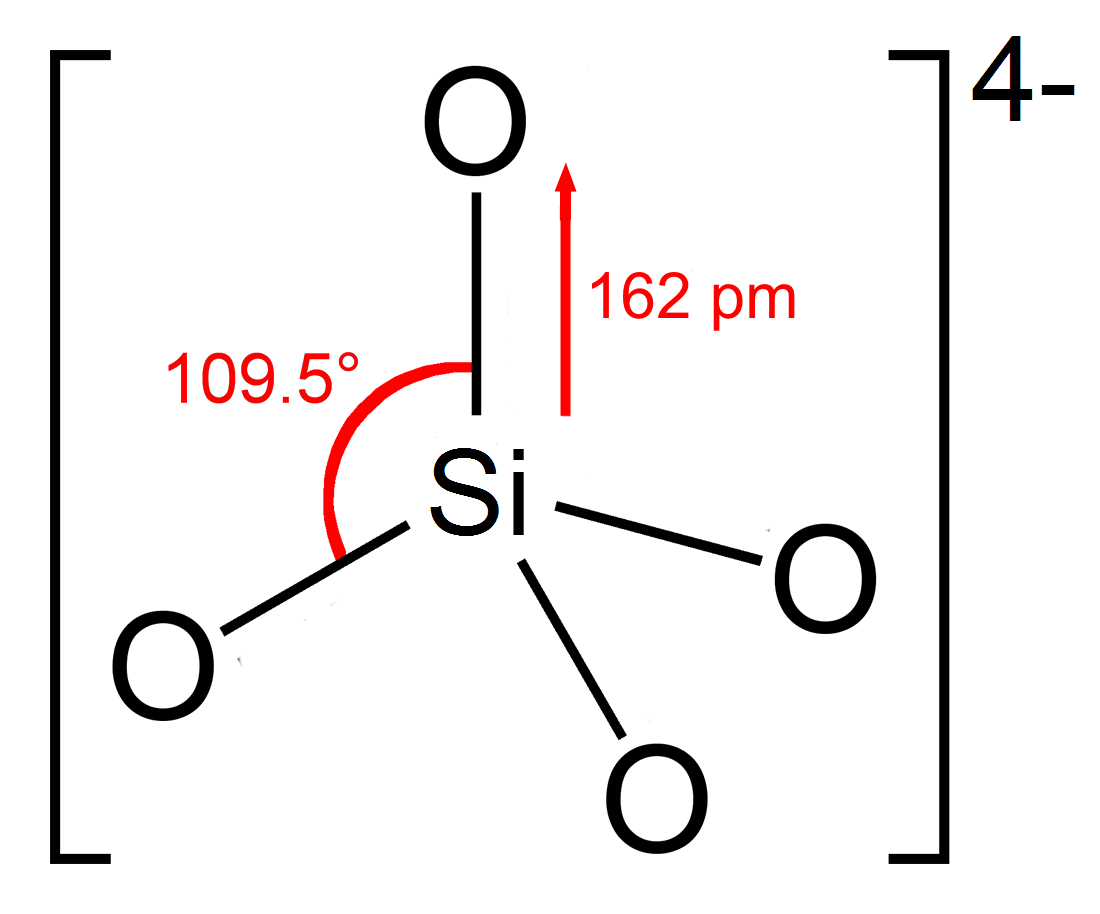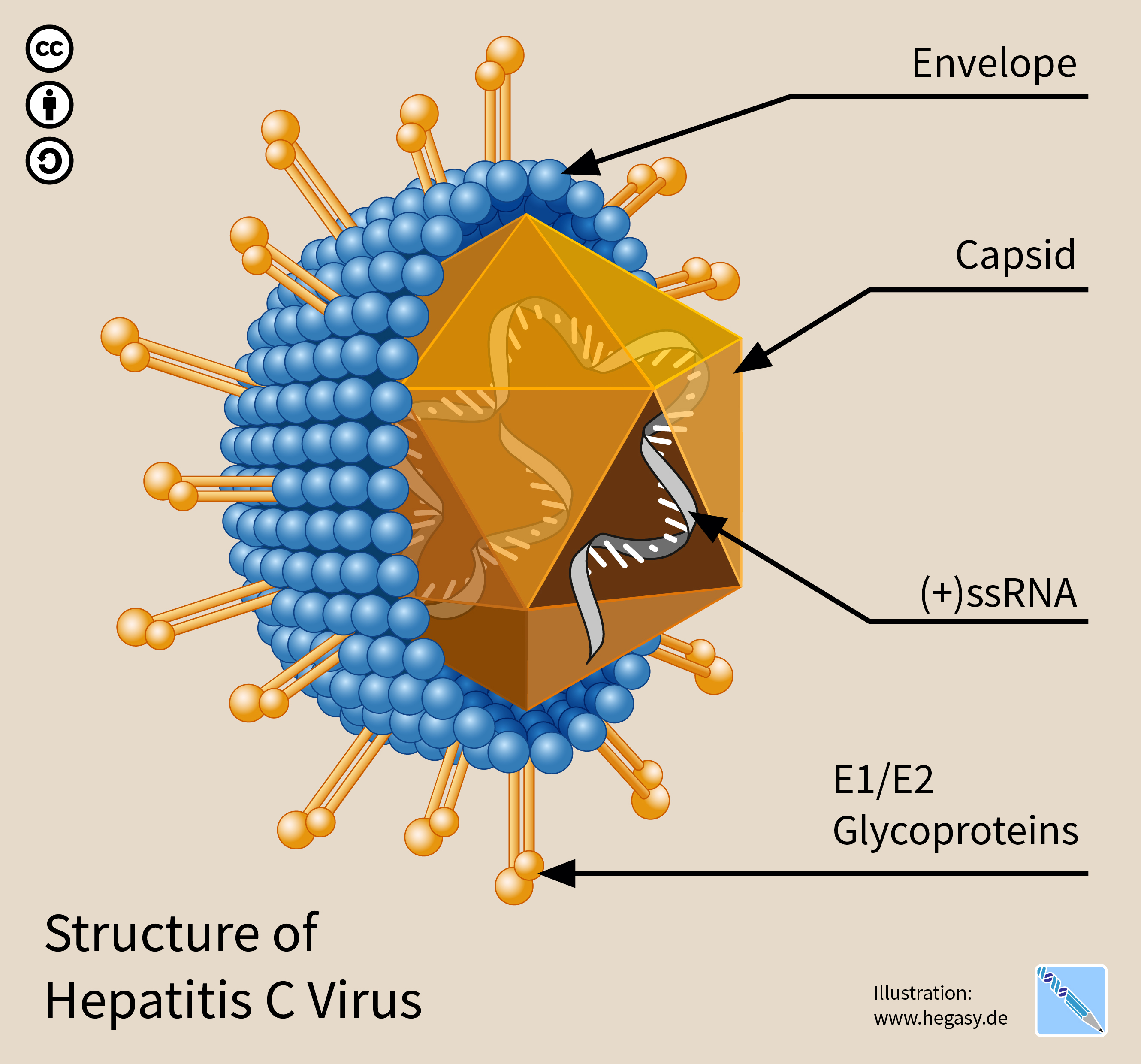|
Ormosil
Ormosil is a shorthand phrase for ''organically modified silica'' or ''organically modified silicate''. In general, ormosils are produced by adding silane to silica-derived gel during the sol-gel process. They are engineered materials that show great promise in a wide range of applications such as: * alternative to viral vectors for gene delivery, with higher transient transfection efficiencies * suspension media and substrates for next generation solar cells (quantum dots)and photocatalytic oxidation of water * matrix material for UV-protection coating * matrix material for laser dye-doped organic-inorganic solid state dye lasers This technology has been demonstrated as a nonviral vector to successfully deliver DNA loads to specifically targeted cells in living animals. Confirmation of results demonstrated that new DNA was working and expressed genes in the animal. Sono-Ormosil Sono-Ormosils are organically modified silicates, which were prepared by using high-performance ultr ... [...More Info...] [...Related Items...] OR: [Wikipedia] [Google] [Baidu] |
Laser Dye
file:Coherent 899 dye laser.jpg, Close-up of a table-top dye laser using Rhodamine 6G as active medium. file:rhodamine 6G.svg, Molecular structure of Rhodamine 6G, perhaps the best known laser dye. A Laser dye is a dye used as laser medium in a dye laser. Laser dyes include the coumarins and the rhodamines. Coumarin dyes emit in the green region of the spectrum, whereas rhodamine dyes are used for emission in the yellow-red. The color emitted by the laser dyes depend upon the surrounding medium i.e.the medium in which they are dissolved. However, there are dozens of laser dyes that can be used to span continuously the emission spectrum from the near ultraviolet to the near infrared.F. J. Duarte, ''Tunable Laser Optics'' (Elsevier-Academic, New York, 2003) Appendix of Laser Dyes (includes more than 50 laser dyes) Laser dyes are also used to dope solid-state matrices, such as poly(methyl methacrylate) (PMMA), and Ormosil, ORMOSILs, to provide gain media for solid state dye las ... [...More Info...] [...Related Items...] OR: [Wikipedia] [Google] [Baidu] |
Silica
Silicon dioxide, also known as silica, is an oxide of silicon with the chemical formula , commonly found in nature as quartz. In many parts of the world, silica is the major constituent of sand. Silica is one of the most complex and abundant families of materials, existing as a compound of several minerals and as a synthetic product. Examples include fused quartz, fumed silica, opal, and aerogels. It is used in structural materials, microelectronics, and as components in the food and pharmaceutical industries. All forms are white or colorless, although impure samples can be colored. Silicon dioxide is a common fundamental constituent of glass. Structure In the majority of silicon dioxides, the silicon atom shows Tetrahedral molecular geometry, tetrahedral coordination, with four oxygen atoms surrounding a central Si atomsee 3-D Unit Cell. Thus, SiO2 forms 3-dimensional network solids in which each silicon atom is covalently bonded in a tetrahedral manner to 4 oxygen atoms. ... [...More Info...] [...Related Items...] OR: [Wikipedia] [Google] [Baidu] |
Silicate
A silicate is any member of a family of polyatomic anions consisting of silicon and oxygen, usually with the general formula , where . The family includes orthosilicate (), metasilicate (), and pyrosilicate (, ). The name is also used for any salt of such anions, such as sodium metasilicate; or any ester containing the corresponding chemical group, such as tetramethyl orthosilicate. The name "silicate" is sometimes extended to any anions containing silicon, even if they do not fit the general formula or contain other atoms besides oxygen; such as hexafluorosilicate . Most commonly, silicates are encountered as silicate minerals. For diverse manufacturing, technological, and artistic needs, silicates are versatile materials, both natural (such as granite, gravel, and garnet) and artificial (such as Portland cement, ceramics, glass, and waterglass). Structural principles In most silicates, a silicon atom occupies the center of an idealized tetrahedron whose cor ... [...More Info...] [...Related Items...] OR: [Wikipedia] [Google] [Baidu] |
Nanoparticles
A nanoparticle or ultrafine particle is a particle of matter 1 to 100 nanometres (nm) in diameter. The term is sometimes used for larger particles, up to 500 nm, or fibers and tubes that are less than 100 nm in only two directions. At the lowest range, metal particles smaller than 1 nm are usually called atom clusters instead. Nanoparticles are distinguished from microparticles (1-1000 μm), "fine particles" (sized between 100 and 2500 nm), and "coarse particles" (ranging from 2500 to 10,000 nm), because their smaller size drives very different physical or chemical properties, like colloidal properties and ultrafast optical effects or electric properties. Being more subject to the Brownian motion, they usually do not sediment, like colloid, colloidal particles that conversely are usually understood to range from 1 to 1000 nm. Being much smaller than the wavelengths of visible light (400-700 nm), nanoparticles cannot be seen with ordinary ... [...More Info...] [...Related Items...] OR: [Wikipedia] [Google] [Baidu] |
Viral Vector
A viral vector is a modified virus designed to gene delivery, deliver genetic material into cell (biology), cells. This process can be performed inside an organism or in cell culture. Viral vectors have widespread applications in basic research, agriculture, and medicine. Viruses have evolved specialized molecular mechanisms to transport their genomes into infected hosts, a process termed transduction (genetics), transduction. This capability has been exploited for use as viral vectors, which may integrate their genetic cargo—the transgene—into the host genome, although non-integrative vectors are also commonly used. In addition to agriculture and laboratory research, viral vectors are widely applied in gene therapy: as of 2022, all approved gene therapies were viral vector-based. Further, compared to traditional vaccines, the intracellular antigen expression enabled by viral vector vaccines offers more robust immune activation. Many types of viruses have been developed into ... [...More Info...] [...Related Items...] OR: [Wikipedia] [Google] [Baidu] |
Gene
In biology, the word gene has two meanings. The Mendelian gene is a basic unit of heredity. The molecular gene is a sequence of nucleotides in DNA that is transcribed to produce a functional RNA. There are two types of molecular genes: protein-coding genes and non-coding genes. During gene expression (the synthesis of Gene product, RNA or protein from a gene), DNA is first transcription (biology), copied into RNA. RNA can be non-coding RNA, directly functional or be the intermediate protein biosynthesis, template for the synthesis of a protein. The transmission of genes to an organism's offspring, is the basis of the inheritance of phenotypic traits from one generation to the next. These genes make up different DNA sequences, together called a genotype, that is specific to every given individual, within the gene pool of the population (biology), population of a given species. The genotype, along with environmental and developmental factors, ultimately determines the phenotype ... [...More Info...] [...Related Items...] OR: [Wikipedia] [Google] [Baidu] |
Transfection
Transfection is the process of deliberately introducing naked or purified nucleic acids into eukaryotic cells. It may also refer to other methods and cell types, although other terms are often preferred: " transformation" is typically used to describe non-viral DNA transfer in bacteria and non-animal eukaryotic cells, including plant cells. In animal cells, transfection is the preferred term, as the term "transformation" is also used to refer to a cell's progression to a cancerous state (carcinogenesis). Transduction is often used to describe virus-mediated gene transfer into prokaryotic cells. The word ''transfection'' is a portmanteau of the prefix ''trans-'' and the word "infection." Genetic material (such as supercoiled plasmid DNA or siRNA constructs), may be transfected. Transfection of animal cells typically involves opening transient pores or "holes" in the cell membrane to allow the uptake of material. Transfection can be carried out using calcium phosphate (i.e. ... [...More Info...] [...Related Items...] OR: [Wikipedia] [Google] [Baidu] |
Solar Cell
A solar cell, also known as a photovoltaic cell (PV cell), is an electronic device that converts the energy of light directly into electricity by means of the photovoltaic effect.Solar Cells chemistryexplained.com It is a type of photoelectric cell, a device whose electrical characteristics (such as Electric current, current, voltage, or Electrical resistance and conductance, resistance) vary when it is exposed to light. Individual solar cell devices are often the electrical building blocks of solar panel, photovoltaic modules, known colloquially as "solar panels". Almost all commercial PV cells consist of crystalline silicon, with a market share of 95%. Cadmium telluride thin-film solar cells account for the remainder. The common single-junction silicon solar cell can produce a maximum open-circuit voltage o ... [...More Info...] [...Related Items...] OR: [Wikipedia] [Google] [Baidu] |
Solid State Dye Lasers
Organic solid-state narrow-linewidth tunable dye laser oscillator A solid-state dye laser (SSDL) is a solid-state lasers in which the gain medium is a laser dye-doped organic matrix such as poly(methyl methacrylate) (PMMA), rather than a liquid solution of the dye. These lasers are also referred to as ''solid-state organic lasers'' and ''solid-state dye-doped polymer lasers''. SSDLs were introduced in 1967 by Soffer and McFarland. Organic gain media In the 1990s, new forms of improved PMMA, such as modified PMMA, with high optical quality characteristics were introduced. Gain media research for SSDL has been rather active in the 21st century, and various new dye-doped solid-state organic matrices have been discovered. Notable among these new gain media are organic-inorganic dye-doped polymer-nanoparticle composites. An additional form of organic-inorganic dye-doped solid-state laser gain media are the ORMOSILs. High performance solid-state dye laser oscillators This im ... [...More Info...] [...Related Items...] OR: [Wikipedia] [Google] [Baidu] |
Vector (molecular Biology)
In molecular cloning, a vector is any particle (e.g., plasmids, cosmids, Lambda phages) used as a vehicle to artificially carry a foreign nucleic acid sequence, nucleic sequence – usually DNA – into another Cell (biology), cell, where it can DNA replication, be replicated and/or Gene expression, expressed. A vector containing foreign DNA is termed recombinant DNA. The four major types of vectors are plasmids, viral vectors, cosmids, and Bacterial artificial chromosome, artificial chromosomes. Of these, the most commonly used vectors are plasmids. Common to all engineered vectors are an origin of replication, a multiple cloning site, multicloning site, and a selectable marker. The vector itself generally carries a DNA sequence that consists of an Insert (molecular biology), insert (in this case the transgene) and a larger sequence that serves as the "backbone" of the vector. The purpose of a vector which transfers genetic information to another cell is typically to isolate, mu ... [...More Info...] [...Related Items...] OR: [Wikipedia] [Google] [Baidu] |
Ultrasound
Ultrasound is sound with frequency, frequencies greater than 20 Hertz, kilohertz. This frequency is the approximate upper audible hearing range, limit of human hearing in healthy young adults. The physical principles of acoustic waves apply to any frequency range, including ultrasound. Ultrasonic devices operate with frequencies from 20 kHz up to several gigahertz. Ultrasound is used in many different fields. Ultrasonic devices are used to detect objects and measure distances. Ultrasound imaging or sonography is often used in medicine. In the nondestructive testing of products and structures, ultrasound is used to detect invisible flaws. Industrially, ultrasound is used for cleaning, mixing, and accelerating chemical processes. Animals such as bats and porpoises use ultrasound for locating prey and obstacles. History Acoustics, the science of sound, starts as far back as Pythagoras in the 6th century BC, who wrote on the mathematical properties of String instrument ... [...More Info...] [...Related Items...] OR: [Wikipedia] [Google] [Baidu] |





